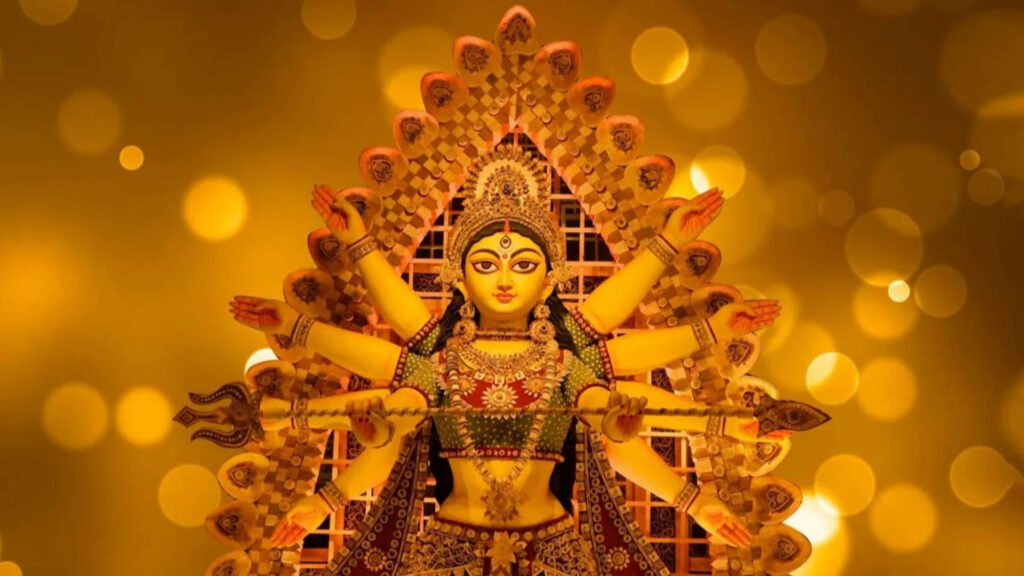
With Navratri approaching, many people question the rituals, celebrations, and customs associated with this auspicious festival. Let’s delve into some FAQs to gain a deeper understanding of Navratri.
Q-1. How is Mother’s worship performed?
ANS. According to religious beliefs, Mata Chandraghanta is very fond of the colour brown. Therefore, on the third day of Navaratri, to seek the blessings of Mata Chandraghanta, one should wear brown-coloured clothes and perform the worship. To obtain special blessings from the goddess, offering eleven small bells during the worship of Mata Chandraghanta is recommended.
Q-2. What things should be kept in mind during Navaratri?
ANS. 1. Avoid eating sabudana khichdi.
2. Avoid shaving or cutting hair.
3. Do not cut nails or hair.
4. Do not leave the puja room empty.
5. Avoid consuming onions and garlic.
6. Wear leather belts, shoes, etc.
Q-3. What should be offered as prasad to the goddess today?
ANS. Offer saffron rice pudding (kesar ki kheer) and milk-based sweets as prasad.
According to religious beliefs, the colour brown is highly favoured by Goddess Chandraghanta. Therefore, on the third day of Navaratri, one should wear brown-coloured clothes while performing puja to seek the blessings of Goddess Chandraghanta. To attain special blessings from the deity, it is recommended to offer eleven small bells during the puja.
Q-4. Which colour of clothes is auspicious to wear today and at what time should the puja be performed?
ANS. Goddess Chandraghanta favours the colour brown. To seek the blessings of Goddess Chandraghanta, one should wear brown-coloured clothes while performing puja. Brahma Muhurta – From 04:36 AM to 05:24 AM.
Q-5. How many Navratris occur in a year, and why are Garba and Dandiya played during this festival?
ANS. Navratri occurs four times a year. It is celebrated from Pratipada to Navami during the months of Magha, Chaitra, Ashadha, and Ashwin.
There is a religious significance to playing Garba and Dandiya during Navratri. Both these dances are associated with Goddess Durga. Garba is performed around the idol of Goddess Durga or where the sacred lamp of the goddess is lit. The word “Garba” is derived from the womb, symbolising the life of the child in the mother’s womb.
Q-6. What is the significance of Ghatasthapana?
ANS. Ghatasthapana (or Kalash Sthapana) holds special significance during Hindu festivals and celebrations. According to religious beliefs, the Kalash represents the abode of deities, planets, and stars. It is considered a symbol of prosperity, happiness, and auspicious beginnings, signifying the commencement of sacred ceremonies and rituals.
Q-7. What are the things to keep in mind if Ghatasthapana is done at home?
ANS. 1. Keep the mouth of the Kalash closed during Ghatasthapana.
2. Ensure that Ghatasthapana is done in the correct direction.
3. The perpetual flame of Mata should be lit near the Kalash.
Follow us on social media for cool astrology content! Get a daily horoscope, learn about the stars, and join our community! Follow us now! 🌟 on Instagram, Twitter, and Facebook
![]()


Your positivity is a beacon of light, guiding us through the sometimes dark tunnels of life. Thank you for the illumination!